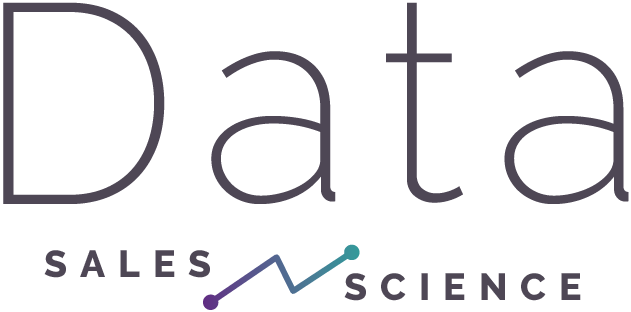Determining the technology stack that will run your business is likely the single most important and difficult decision for any founder or founding team.
Compounding this, the decision will have a profound impact on the company well into the future. For this reason, and this reason alone, many founders default to the established platforms of record, namely Salesforce, HubSpot, and Outreach, etc…as they will have a stack they can grow into; however those platforms are likely not the ones that will help them out today.
Why not buy the best platforms out of the gates?
This is the most common question that is posed to me, “why not get Salesforce now if I will need it later?”
My response is threefold;
First, Salesforce, and most platforms of that nature, require someone dedicated to managing it. Time and time again I come in, find a garbage in, garbage out (GIGO) system that a company is paying way too much for, and it isn’t delivering any value. A smaller, more lightweight CRM like Pipedrive or Close.io may not have all the features that you want, but it is far more manageable for a lean team where everyone is wearing many hats. As well, when a company is starting out, typically they load up on leads, oftentimes many of those leads are neither the correct ideal customer profile nor the right personas. When the team gets to a point where they do need the mature platform, a clean slate, or CRM reboot is well warranted.
Second, most of these larger platforms have far too much flexibility, features, and functionality. What a small nimble company needs to survive and grow is a team that is focused on the task at hand, not distracted with shiny features in their tech. With Salesforce, NetSuite,Hubspot, Outreach, SalesLoft, ZoomInfo, etc.. (all great platforms in their own right), your team can find themselves down one of several rat holes for hours, day, and possibly weeks.
Last, but definitely not least, is the cost. I’ve seen time and time again smaller companies buying a top of the line platform at a discounted price on the initial buy, however a year in with their team expanding and the discounts gone, they are on the hook for some large sacks of cash to cover their team. As well, platforms like Salesforce are so expensive that many teams decide to not provide some of their team with logins. From experience the more people that use a platform, the more effective it is, having a population locked out for one reason or another, is not great for having an efficient flow of data.
What should you consider when building your first stack?
There are a few things to consider when building your first tech stack.
First and foremost needs to be your go to market strategy. If SMS is a key part of your strategy, then you need to find a solution that supports that requirement (FYI Outplay fits nicely here). If you have a complex sales and onboarding protocol, you’ll need platforms where you can easily share information between different groups.
Following along with information sharing is the second thing to consider; integration. If you have a great tool but it doesn’t talk with anything else in your stack, you are stuck in a data silo. Even if you can low jack your data from one system to another, exporting and importing data using .CSV files, you need to consider how much time you are wasting doing the data migration. As well, any data migration will be fraught with issues that will likely compromise your data, and are typically not scalable.
Finally, you need to consider cost. Sure HubSpot offers 90% off the first year, 50% the second, and 25% off lifetime, for qualified companies, but will you be in a position to absorb that cost in your second and subsequent years of operation? Salesforce as well offers deep discounts on first year buyers, then aggressively bumps up the price upon contract renewal (don’t trust the sales reps and always read the fine print).
Ok smart guy, what should I buy?
Anyone who knows me, knows I love tech, I used to build non-invasive imaging systems in a past life.
I’ve been building sales teams and sales ops teams for almost twenty years. All that is to say, I’ve seen my fair share of technology used to accelerate sales teams. When I launched Data Sales Science several months ago, I tested a bunch of platforms and have finally settled on a technology stack that provides me with leads, marketing automation, sales operations, a sales sequence system, and financial operations.
My technology stack is the best stack for me at my current stage. There are other platforms that I am very fond of, however for one reason or another I have selected not to use them, and I’ve articulated why. My technology stack selection criteria were as follows;
- Integration; I need to be able to pass information quickly, easily, and seamlessly between systems
- Functionality; I need a lot of functionality so I can punch above my weight-class
- Ease of use; I have contractors helping me out, so I need to be able to get them 100% functional fast
- Cost; I’m a bootstrap start-up so cost is always a consideration.
Want to learn about my stack? My next article will reveal my stack, as well as the list of platforms that I’d like to use.

Great post Mark.
I’m using HubSpot Free Tier now like a database. It’s great.